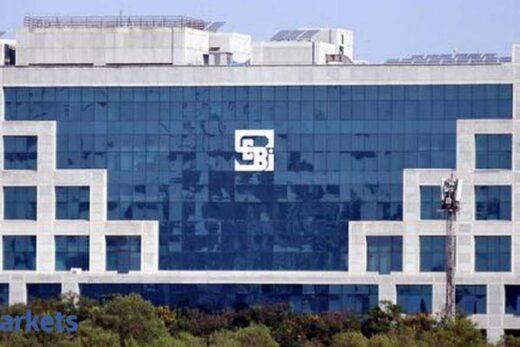The issue is an offer for sale for 87,153,369 equity shares in the price band of Rs 93-94. At the upper limit of this price band, the IPO is valued at 21.4 times PE on an FY20 trailing basis. Its enterprise value (EV) is four times the earnings before interest, tax, depreciation, and amortisation (Ebitda).
The Mini Ratna is among the largest neutral telecom infrastructure providers in India. It has exclusive rights over 67,415 route kilometers, connecting 7,321 railway stations, for laying optical fiber cable. The company offers a high capacity bandwidth of up to 800G at 87 locations in India.
The last railway IPO that hit the street — of IRFC — had a weak market debut. But grey market trends suggest investors are betting big on this IPO.
Analysts said RailTel is a debt-free company and pays consistent dividends and, thus, could witness some traction. But there are a few red flags for long-term investors.
“Firstly, the company has delivered single digit revenue and PAT fromFY18 to FY20. There is high dependence on government entities and concentration risk given that 23.8 per cent of its revenues comes from top three customers. It is present in a highly regulated industry which is another cause of concern. Overall, the company is fairly priced at its FY20 P/E of 21.3 times. It has been commanding a good grey market premium, indicating the offer will sail through. But keeping the risks in mind, we recommend investors to subscribe for listing gains only,” said Nirali Shah, Head of Equity Research, Samco Securities.
Religare Securities also talked about the tepid performance over FY18-20, and that the company has been a consistent dividend payer. This brokerage advised investors to look at the IPO from a long-term perspective.
Other railway infrastructure stocks such as Ircon International, RITES and RVNL are trading at an average PE of 9.5 times.
“But considering the futuristic service & growth plans of the Indian Railways and RailTel’s ability to monetise its existing assets through subscription plans and co-sharing with private operators, we feel that fundamentals are positive for the company. Thus we assign a “SUBSCRIBE” rating for the issue,” said Choice Broking.
Keshav Lahoti of Angel Broking company’s margins & return ratios are better compared with other telecom players in India. The company is debt free and has been consistently paying dividends since 2008. “The issue is priced at 21.4 times PE on a FY20 trailing basis, which is quite reasonable by looking at the strong future growth rates of the company. We expect a good listing for the company. We are positive on the long term prospects of the industry as well,” he said.
Indus Towers (formerly Bharti Infratel), a listed company in the mobile communications infrastructure sector, has a P/E multiple of around 15 and an EV/Ebitda of three.
Astha Jain of Hem Securities finds the demanding valuations as ‘fully priced,’ but said that the industry dynamics of telecom and telecom data services — where the broadband market is gaining pace with enterprise data services offers huge potential.
“The edge which company holds over its peers in terms of financial performance makes this issue attractive to deploy funds in . Hence we recommend investors to subscribe to the issue for the short & long term,” she said.
The premium on the unlisted shares of RailTel had surged to Rs 44-47 in the grey market last week, the unofficial market for trading in unlisted shares. That translated into a 50 per cent bump up on the IPO price of Rs 93-94 per share.
During FY18-20, RailTel’s revenue grew at a compounded annual growth rate of 7.5 per cent at Rs 1,128 crore in FY20. Over the same period, its Ebitda grew at a CAGR of 12.4 per cent at Rs 334 crore in FY20. Net profit rose 2.6 per cent CAGR during the period to Rs 141 cr in FY20. The operating margin was above 28 per cent while the dividend payout ratio was 46-49 per cent during the period.
Prospective investors can subscribe to the IPO by buying a minimum of one lot of 155 shares or in multiples thereof. Retail investors can thus bid for a maximum of 13 lots at the lower band limit.
The quota for retail investors is fixed at 35 per cent of the net offer, whereas that of QIBs is fixed at 50 per cent. For NIIs, 15 per cent of the issue is reserved.



